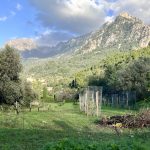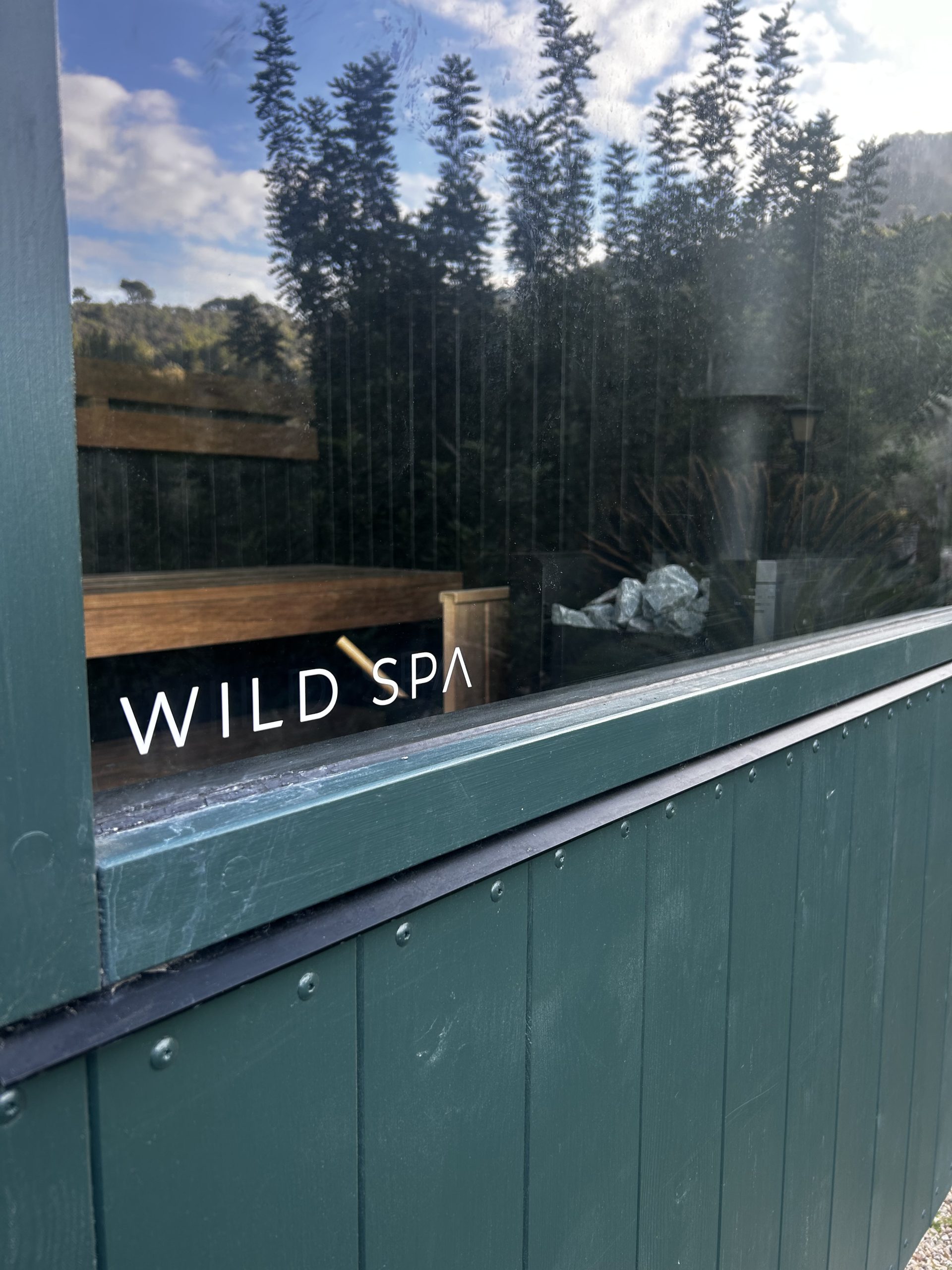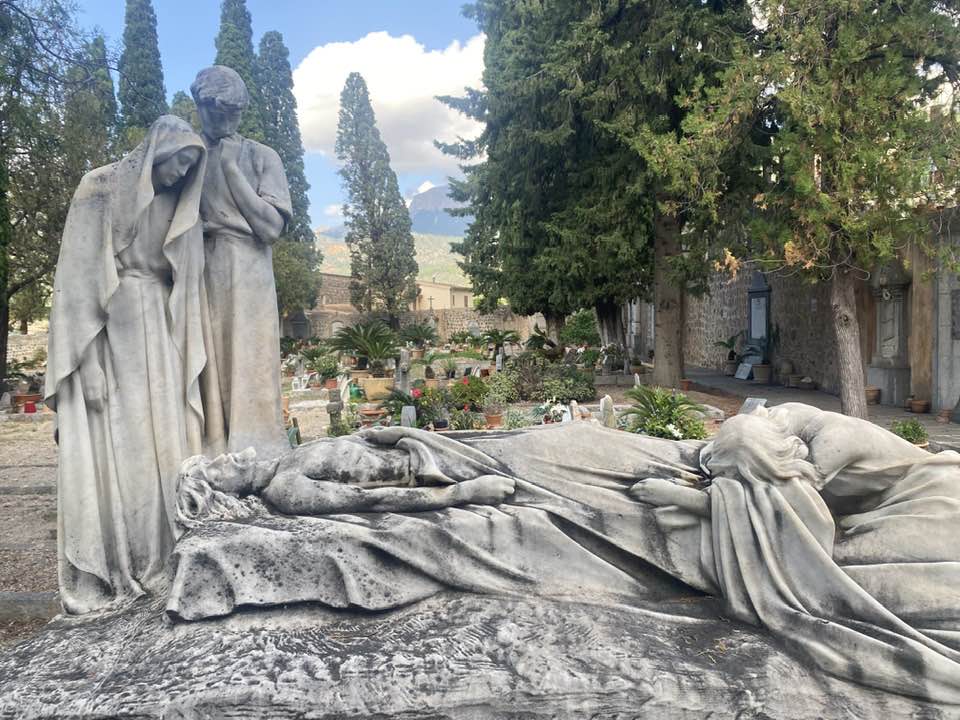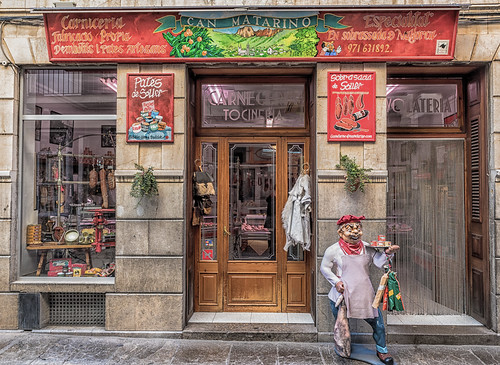Olives of Mallorca
Written by the Consel of Mallorca – Agriculture Division
Promoted by Capsvespre of Soller
The cultivation of the olive tree in Mallorca is one of the most traditional and dates back to pre-Roman times. During the Roman period (123 BC-465 AD) is to improve the technique of olive cultivation. In the writings of Diodorus, Pliny, or Martian Classical Estacio already made references to culture. In the book De re coquinaria Gavius attributed to Apicius, gourmet of the year 25 BC, it appears that the Romans salted olives in a way very similar to how it has survived to this day.
Archduke Louis Salvador, the work Die bullets, Las Baleares descritas by the word and the image (1871), tells the people cooking farmer, where snack, lunch and dinner served with bread and olives. He also cites a peasant family salaba annually 200 kilograms of olives for domestic consumption. And the Diary of Dr.. Fiol Joaquim Fiol (Mallorca) includes a list of extensive culinary 1782 1788 Both of which are the green and black olives.
There are several events that are proof of the importance of export Oliva de Mallorca between the eighteenth and early nineteenth centuries. In “The Mallorcan colonial commerce: 1778-1882” by Charles Way Erbina, reflected the export of oil bound for the West Indies and other parts of America. In 1790 they recorded 1084 pounds Olive Mallorca exported. Archduke Louis Salvador, to the work cited above, counted 29,000 kg Olive Mallorca bound for America.
The importance of oil is also reflected in the realm of popular culture Mallorca in numerous songs and proverbs, which refers to the oil produced in Mallorca. Two popular sayings are: olives and acorns harvested in many small and large order and Catherine, folds oil.
In the Catalan-Valencian-Balearic Mn. Alcover and F. Moll (1930) also cites traditional presentations: green olives (whole green olives), olives (green olives broken) and withered olive (olive natural black).
The traditional cuisine of Majorca one of the most common snacks have been, the olives, but olives are also found as an ingredient in many dishes since ancient times. There are recipes that collect old recipes like: Aguiar olives (Rock, 1886) and thrushes olives (Cook, 1958).
The most common dish in the cuisine of the island is the bread with oil consumption almost daily dish for Mallorca and the simplest version is tomato rubbed on a slice of bread and add olive oil and salt, accompanied by olives Shutters; either whole green, black or green broken nature. The three types of olives have been traditionally used in Majorcan cuisine.
In addition, each presenting the specific oil has culinary applications. In the case of the black olives are collected following recipes bread with oil dirty old recipe that consisted of a slice of toast in the embers rubbed with olive; trempó (traditional Mallorcan summer salad) with fruit; withered olive paste; docks with black olive puree; black olive bread; cod marinated tomatoes and black olives, etc.. In the case of green olives are recipes like olive tapenade, chicken with olives, salad vase, etc.. And finally, the recipes: salad Carmen, rabbit with olives, cuttlefish stew with olives, pickled cucumbers and olives, olive cake, among others, relate to the broken green olives.
MARC GEOCLIMÀTIC
edaphic
Agricultural land suitable for the production of olives are calcareous, medium to strong consistency, with a significant proportion of heavy elements and pH tends to be alkaline. Present high stoniness, beneficial to the hydrological regime acts as cover decreasing evaporation. Have a structure with horizontal layers including clays accumulate perfectly fine that can be explored by the root system of trees.
cultivation
For the Mallorcan olive unique foot used is olive, suitable rootstock for its high rusticity, which develops wild in Majorca, which results in an excellent adaptation to the environment.
The planting is very irregular, so that the density is variable, but never exceeds 300 trees / ha. Generally grown in terraces system that responds to the contours of the land. The terrace faces south, first to take advantage of the slopes and maximum sunshine on the other, to prevent cold winds from the north. The difficulty of the terrain requires manual harvesting olives to select suitable. The plantation system gives a typical landscape in Majorca.
Pruning is done every year or two is complemented by a review of annual thinning of the trees, as it has been proven that this practice helps to control the rotation. Pruning aim to encourage the flow of sap to all branches, improve ventilation and lighting and clean up the tree by removing the parts affected by pests and diseases. In addition, when the slopes and coastal permit are worked in one or two a year, as required, in order to promote the infiltration of rainwater into the grooves and remove weeds.
The cultivation is done mainly on terraces, small flat terrain on the mountain with retaining walls with dry stone handcrafted, where the only water supply is rain.
Traditionally farms were complemented by the presence of sheep that has a triple function: removing weeds, removal of hake and the contribution of organic fertilizer. Today, many farms have incorporated shredding garden waste as a form of tanning and, in some cases, supplemented with fertilizers is not originating in their own exploitation.
The harvesting of olives varies according to the situation of the olive grove and has two periods. First, before veraison for green olives, which occurs from the second half of August to the first half of November. And second, after veraison for natural black olives, which extends from the second half of December to late February.
The permitted maximum production per hectare is 6,000 kg.
Link with the geographical environment.
The distinctive quality of the olive (green whole and broken green natural black) is attributable to the geographical environment of production (geo-climatic conditions, farming practices and indigenous variety) and the production system itself.
With regard to the geographical environment, Mallorca conditions are ideal for the growth of the wild olive tree (Olea europea var. Sylvestris) which is native to the Mediterranean area and is presented in this environment prior to olive cultivation . These conditions have meant that farmers have selected the best Mallorcan olive trees to use as rootstocks Mallorcan olive variety. According to a study by the University of the Balearic Islands (2011) Genetics and the variety Mallorca is phenotypically different from Empeltre cultivated in the Iberian Peninsula “is probably a selected variety of material that could come from wild or plants olives grown and / or crosses between a local variety and olive trees in the area, as shown, genetic features near the olive tree. “
Method of preparation
The Olive Mallorca – Balearic Islands – designations of origin and Balearic gastronomy harvested olives are transported to processing facilities in rigid containers, ventilated and capacity not exceeding 20 kg, in order to avoid alterations occurring olives.
Once las facilities handling the olives are subject to the following processes:
Selection through a sieve to remove the leaves and olives caliber, damaged, crushed or defects.
Washed with water to remove traces of soil or any other substance that may impair the subsequent tempering.
Broken (only intended for the olive green broken) with automatic roller machines that regulate themselves so as not to break the stone, which must be attached to the pulp.
Salty and tempered by immersion in brine concentration equal to or greater than 6%. The minimum time for the salty olive green full three months for the broken green olives, forty days and natural black olives, two months. The salty olive green gorge is done in the presence of fennel (Foeniculum vulgare Mill.) And chili pepper (Capsicum annum L.). In the case of natural black olives, once removed and salty brine warms Oil DOP Mallorca.
Containers and packaging in new net net weight not exceeding 8 kg of suitable materials to promote conservation and proper marketing of the product. The broken green olives packed with fennel and chili pepper used in the salting process.
CHARACTERISTICS OF OLIVE
The PDO “Aceituna Mallorca” / “Aceituna Mallorcan” / “Olive Mallorca” / “Mallorcan olive” under three forms: green, black and green broken nature. Table olives are the autochthonous Mallorcan, partially fermented in brine. In addition, the steels are broken green olives with fennel and chilli pepper and black olive natural steels Oil DOP Mallorca.
The oil destined for PDO has the organoleptic and physicochemical following:
– Form: fusiform, slightly asymmetrical, apex round without nipple and in most cases, with small lenticels.
– Size: small-medium.
-Color: green, yellowish green or brown-black, depending on the degree of maturation.
– Appearance: brilliant.
– Pulp: barely attached to the bone (bone floating).
– Flavor: predominantly bitter.
– Tactile pulp: creamy.
– Unsaturated fatty acids: ≥ 83% of total fatty acids.
– Oleic acid + linoleic acid: ≥ 78% of total fatty acids.
– Total Polyphenols: ≥ 245 mg gallic acid / 100 g.
– Ability to conservation: high.
The ripeness of the olive at the time of harvesting, differentiating the green olives and black olives. The degree of maturity, along with the process, especially the folksy, allow for three presentations with the following characteristics:
One. Whole Green:
Olives harvested before veraison. They are sold packaged with a liquid government minimum concentration of sodium chloride of 6% and a maximum value of pH 4.3.
Organoleptic characteristics:
– Color: green to yellowish green of low intensity.
– Aroma: Intense vegetable (olive leaf) and mineral (brine).
– Texture: firm to the touch and is hardly deformable. The palate is characterized by firmness and high cohesion and low friabilitat in chewing perceived auditory sensation of smoothness and carrisqueig.
– Taste: intense. Emphasizes the balance between the sour taste, salty and bitter.
– Sensations: astringent and spicy marked present.
– Prolonged and astringent aftertaste outstanding.
Two. Green broken:
Olives collected before veraison, and broken tempered with fennel (Foeniculum vulgare Mill) and chilli pepper (Capsicum annum L.) originating in Mallorca. They are sold packaged with a liquid government minimum concentration of sodium chloride of 6% and a maximum value of pH 4.3.
Organoleptic characteristics:
– Color: Green to yellowish green, bright.
– Aroma: Intense plant, clearly identify herbs (fennel) and a reminder light chilli pepper.
– Texture: blan touch, deformable and elastic stresses irregular incision of the epicarp and mesocarp resulting process broken. The palate is soft, smooth and features average cohesion.
– Taste: intense, salty and bitter.
– Sensations: highlights astringency and feel hot.
– Aftertaste: prolonged.
Three. Negra natural:
Olives are harvested after veraison presented tempered with oil Mallorca. They are sold packaged without liquid government.
Organoleptic characteristics:
– Color: dark brown almost black.
– Aroma: earthy medium intensity.
– Texture: the surface is uneven and soft to the touch. The palate is creamy mesocarp texture, soft and juicy and cohesion is low.
– Taste: intense, salty and sour flavors with balanced.
– Sensations: detected a slight bitterness and a touch of astringency.
– Aftertaste: average duration.
HOW TO IDENTIFY THE
The labeling of each container of olives marketed under the protection of the PDO has the name of the PDO, the symbol of the EU or the mention “PDO” and tag coding alphanumeric numbering consecutively to facilitate product traceability control.
QUALITY ASSURANCE
It performs a system self-control, and through sampling and analysis verified that the items are marketed under the protection of the PDO the conditions of production, processing and packaging; and chemical characteristics, physical and sensory typical.
Plantations and establishments processing and packaging are subject to audits and controls for a certification, in order to verify that the products covered by the PDO, qualify. The controls are based on inspections of the plantations, processors and packers, reviewed documentation, particularly the traceability system, and physicochemical and sensory analysis. Only packaged and sold olives produced, prepared and packaged according to the requirements. The olives that do not fit are not sold under the name. The oil is sold bottled at source and labeled with alphanumeric coding numeration.
Olive Mallorca – Balearic Islands – designations of origin and Balearic gastronomy
Regulation
Order of the Minister Agriculture, Environment and Territory of 7 August 2013
Council of the DOP Olive Mallorca
C / Queen Constance 4-07006 Palma de Mallorca
Tel. 971 17 66 66
Fax: 971 17 72 75
companies
COOPERATIVE St. Bartholomew
printable list









